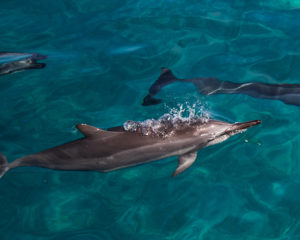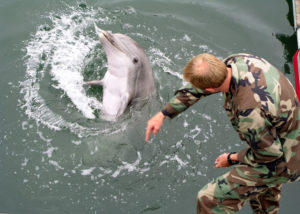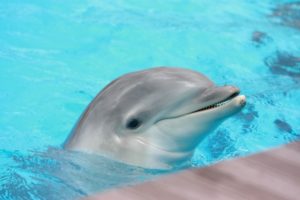Protecting Hawaii’s Dolphins: Ongoing Conservation Efforts
Introduction: Hawaii’s pristine waters are home to an array of marine life, including some of the world’s most magnificent creatures – dolphins. These intelligent and charismatic mammals play a crucial role in the marine ecosystem and hold cultural significance for the people of Hawaii. However, like many marine species worldwide, Hawaii’s dolphins face a myriad of threats to their survival. In this blog, we will explore the ongoing conservation efforts dedicated to protecting Hawaii’s dolphins from these threats and ensuring their continued presence in the islands’ waters.
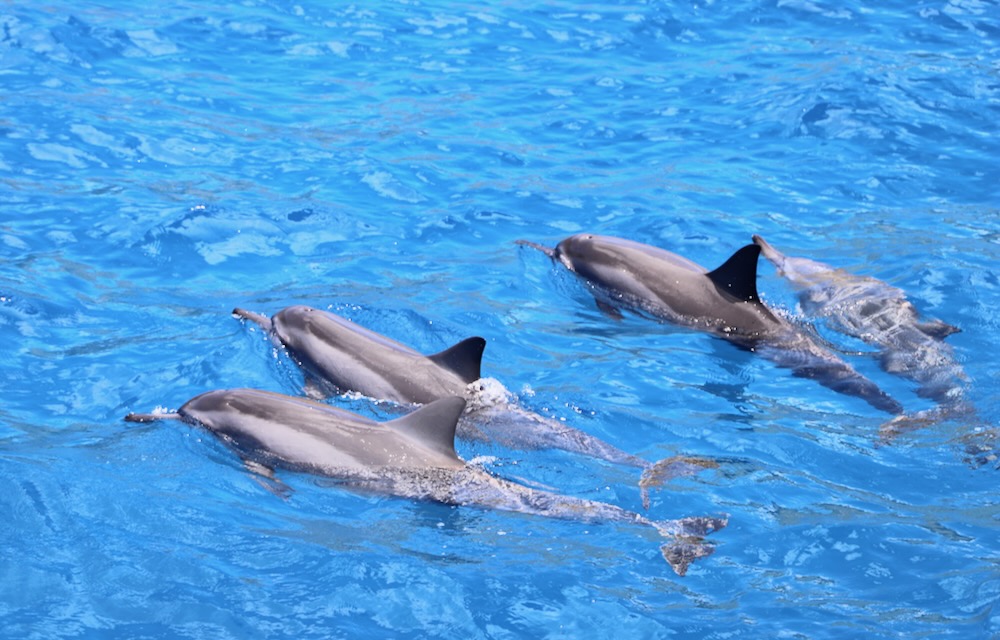
Threats to Hawaii’s Dolphins
The waters surrounding Hawaii are not immune to the various threats that endanger dolphin populations globally. Habitat degradation, pollution, entanglement in fishing gear, and human interaction are among the primary threats facing Hawaii’s dolphins. The degradation of their habitats due to coastal development, pollution, and climate change can disrupt their feeding and breeding grounds, leading to population decline. Additionally, dolphins often become entangled in fishing gear such as nets and lines, resulting in injury or death. Human activities such as irresponsible boating practices and harassment further stress dolphin populations, impacting their behavior and well-being.
Marine Protected Areas (MPAs)
Marine Protected Areas (MPAs) play a crucial role in conserving dolphin habitats and supporting the overall health of marine ecosystems. In Hawaii, several MPAs have been established to protect critical dolphin habitats and promote sustainable marine resource management. One such MPA is the Papahānaumokuākea Marine National Monument, which encompasses a vast expanse of pristine coral reefs, seamounts, and deep-sea habitats. Within these protected areas, regulations are enforced to minimize human impacts on dolphin populations, such as restrictions on fishing and boating activities.
Research and Monitoring Programs:
Understanding the behavior, population dynamics, and health of dolphin populations is essential for effective conservation management. Ongoing research initiatives in Hawaii employ various methods, including acoustic monitoring, satellite tagging, and genetic analysis, to study dolphin populations and their habitats. Acoustic monitoring helps researchers track dolphin movements and communication patterns, providing valuable insights into their behavior and distribution. Satellite tagging allows scientists to study dolphin migration patterns and habitat use, identifying areas of high importance for conservation. Genetic analysis helps determine the genetic diversity and connectivity of dolphin populations, aiding in conservation planning and management strategies.
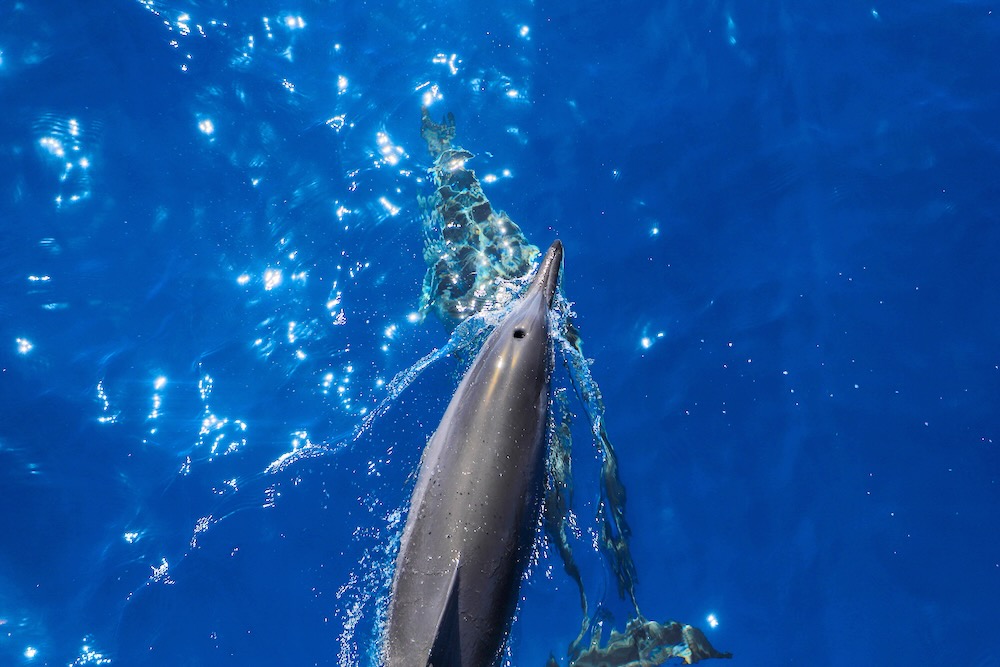
Community Engagement and Education:
Community engagement and education play a vital role in fostering stewardship and raising awareness about dolphin conservation among local communities, tourists, and stakeholders. In Hawaii, numerous outreach programs and educational initiatives aim to promote responsible dolphin viewing and boating practices. School programs, public events, and interpretive centers provide opportunities for people to learn about the importance of dolphins in Hawaiian culture and ecosystems. By engaging with the community and instilling a sense of responsibility towards marine conservation, these initiatives help reduce human impacts on dolphin populations and their habitats.
Future Challenges
While significant progress has been made in dolphin conservation efforts in Hawaii, numerous challenges remain on the horizon. Climate change, habitat degradation, and increasing human activity in marine environments pose ongoing threats to dolphin populations. Addressing these challenges will require innovative approaches and continued collaboration between stakeholders. However, there are also opportunities to enhance conservation measures and mitigate future threats. By integrating traditional knowledge with scientific research, implementing adaptive management strategies, and engaging with local communities, Hawaii can safeguard its dolphins for generations to come.
Protecting Hawaii’s dolphins requires a multifaceted approach that addresses the various threats facing these iconic marine mammals. Through Marine Protected Areas, research and monitoring programs, community engagement and education, collaborative conservation partnerships, and proactive measures to address future challenges, Hawaii is working towards ensuring the long-term sustainability of its dolphin populations. By supporting these ongoing conservation efforts and advocating for responsible stewardship of marine resources, we can contribute to the preservation of Hawaii’s dolphins and the health of its marine ecosystems.
References:
- NOAA Fisheries. (2022). Hawaiian Islands Cetacean and Ecosystem Assessment Survey (HICEAS).
- Papahānaumokuākea Marine National Monument. (2022). About the Monument.
- Dolphin SMART. (2022). About Us.







